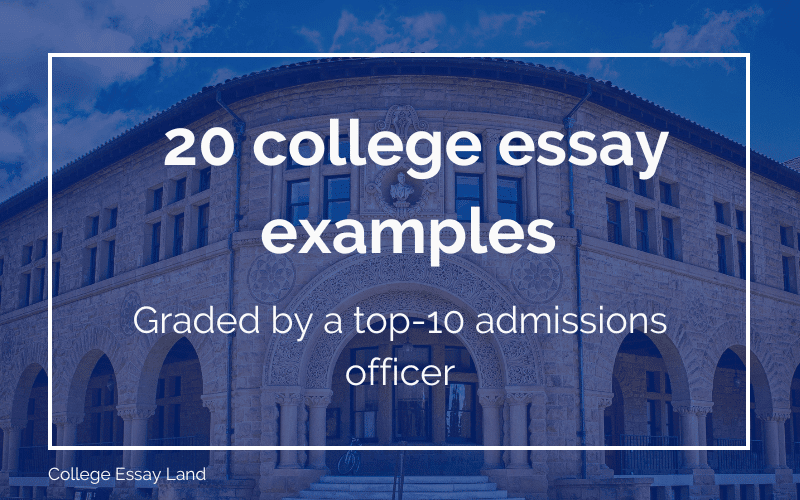Contents
Last updated March 21, 2024
Every piece we write is researched and vetted by a former admissions officer. Read about our mission to pull back the admissions curtain.
How to Get into MIT
Admissions officer reviewed by
Ben Bousquet, M.Ed
Former Vanderbilt University
Written by
Ben Bousquet, M.Ed
Former Vanderbilt University Admissions
Key Takeaway
With a 4.1% acceptance rate that gets lower by the year, earning admission to the Massachusetts Institute of Technology is like striking gold.
But unlike striking gold, you don’t just have to be lucky. You also have to be prepared.
In this post, we break down each major part of the MIT application, and we show you how to find your applicant strategy along the way.
Let’s jump in.
How to Apply to MIT
To apply to MIT, you’ll obviously need to submit an application. But you may find that MIT’s application is a bit different from the other schools you’re applying to. Instead of using an application system, you’ll use MIT’s own application.
Does MIT use the Common Application?
No, MIT does not use the Common Application.
These days, it seems like MIT is one of the few schools not on an application system like Common Application or Coalition. Instead, MIT has its own institutional application that you can find on their website.
But the good news is that you’ll still be submitting the same kinds of information—essays, extracurricular activities, letters of recommendation—so you won’t need to create very much from scratch.
MIT Application Options
MIT doesn’t have Early Decision application options, but you can decide whether to apply Early Action or Regular Action.
Whether you apply Early or Regular Action is up to you. Early Action applicants had a 0.6% higher admit rate than Regular Action applicants did, so there may be a slight advantage to applying early, though it’s likely that the Early Action applicants are typically slightly more qualified.
MIT Application Deadlines
There are two deadlines for you to keep in mind. If you want to apply Early Action, then your application and supporting materials will need to be in by November 1.
If you want to apply Regular Action, then you have a bit more time. Regular Action applications are due January 5. We recommend being done with your application far before this deadline. That’s for two reasons. First, if you’re applying to MIT, it’s probably one of your top choice schools—so you’ll want (need) as much time as possible to craft and refine your apps.
Second, the MIT app is just weird. It’s not on the Common App, so it isn’t a smooth one-click process to submit your application. You might need extra time to just understand and untangle their app portal.
How hard is it to get into MIT?
Getting into MIT is just as hard as getting into schools like Harvard or Stanford. Any school with an acceptance rate below 10% generally counts as a super-reach, no matter your statistics or background. That’s because schools with single-digit acceptance rates have to reject thousands of the most highly-qualified candidates every year. It’s a numbers issue—there simply aren’t enough seats for all the stellar students who apply.
What is MIT looking for in applicants?
Like any highly selective school, you have to have high academic credentials if you want to get into MIT. It’s non-negotiable.
But your smarts alone aren’t enough to get you into MIT.
As we wrote about in our MIT Common Data Set post, there’s something unique about the way MIT admissions officers evaluate applications. Of all possible criteria, the only one MIT ranks as “very important” is personal character—it’s more important than grades, level of coursework, extracurriculars, and standardized test scores.
Why?
Well, if you’re getting into MIT, there’s no question about your academic abilities. That’s already a given. But MIT doesn’t just want the highest achievers. They also want the best people.
MIT’s admissions office even goes so far as to break down the kind of applicant they’re looking for. Take a look at these characteristics from their “What we look for” page:
- Collaboration
- Cooperation
- Initiative
- Intensity
- Curiosity
- Excitement
- Willingness to take risks
- Ability to be hands-on and creative
- Balanced
Your MIT application—especially your MIT supplemental essays—should be written with these characteristics in mind.
MIT GPA requirement
We break down MIT’s GPA requirements in more detail in our MIT Common Data Set post. But the gist is that 99% of MIT’s first-year enrolled students who reported class rank were in the top tenth of their high school graduating classes.
That’s what happens when you apply to any highly selective (read: highly rejective) school. While there may or may not be explicit GPA requirements, you’ll be expected to have a strong GPA if you want to be genuinely considered for admission.
Want to see if you have what it takes to get into MIT? Try our chance-me calculator.
MIT SAT Scores
Many schools have become test optional, but MIT requires you to submit an SAT or ACT score with your application.
And they’re going to be expecting a solid score. According to the Common Data Set, MIT’s SAT Composite middle 50% was 1510-1570. The ACT middle 50% was 34-36.
While there’s a whole conversation to be had about standardized tests and test-optional admissions, MIT admissions officers will be looking at your scores. If you want your MIT application to be successful, you should aim to be at or above that middle 50%.
Does MIT superscore?
Yes, MIT will superscore. That means that they’ll accept your highest scores from every test you’ve taken.
Let’s say you took the SATs twice. The first time, you got a 700 on the ERW section and a 750 on the math section. The second time, you got a 750 on the ERW and a 700 on the math.
Your superscore for MIT would be a 750 on the ERW and a 750 in math, making for an SAT composite score of 1500—right below MIT’s middle 50%.
What high school coursework do I need to get into MIT?
A perfect GPA isn't enough. To get into MIT, you’ll need a perfect or near-perfect GPA in the most challenging classes available to you.
If your school offers 20 AP classes, then you should take as many as you can fit in your schedule. If you go to an IB school, then take on the IB Diploma. If you’re able to take dual-enrollment courses at your local community college, then sign right up.
Specifically, MIT recommends that you take coursework across the curriculum. By the end of high school, your coursework should look something like this:
- Math: 4 years, up to at least calculus
- English: 4 years
- Foreign language: 2+ years
- History or social sciences: 2+ years
- Physics: 1+ year
- Chemistry: 1+ year
- Biology: 1+ year
Remember that strong applicants to MIT aren’t just STEM standouts. They’re the whole package. So consider taking advanced coursework not only in the sciences but also in the humanities and social sciences.
What extracurriculars do I need to get into MIT?
MIT promotes a helpful philosophy about applying to college. They call it “applying sideways.”
Its premise is simple: since so few students are admitted to MIT, your goal throughout high school shouldn’t be to get into MIT. It should be to learn as much as you can, to care as much about your community as possible, and to participate in activities that intrigue you.
If you’re lucky, following those steps will get you into MIT. But if you’re not, you’ll still have created an enriching high school experience that will make you a better student, community member, and person.
That said, your extracurriculars still matter. You shouldn’t do something just because you think it will look good on a college application, but you should be mindful about the reach and impact your activities have.
Since MIT’s mission involves a deep focus on public engagement, your extracurriculars should demonstrate some kind of community engagement. And since students applying to MIT will be the best in the world, you should also aim for impressive accomplishments at whatever you set your mind to.
Final Takeaways
96% of applicants get rejected from MIT. It’s a bleak reality of elite admissions. Even the most qualified applicants—like this one, who built a nuclear reactor in his garage—get sorted into the reject pile.
So no matter how high your GPA is, how many AP classes you’ve taken, how perfect your SAT score is, you’ll need to brace yourself for potential rejection.
That said, you can take the strategy you’ve learned in this guide and apply it to your MIT application. Once you have your strategy set, it’s time to focus in on your essays. Jump into our How to Write the MIT Supplemental Essays guide when you’re ready.



